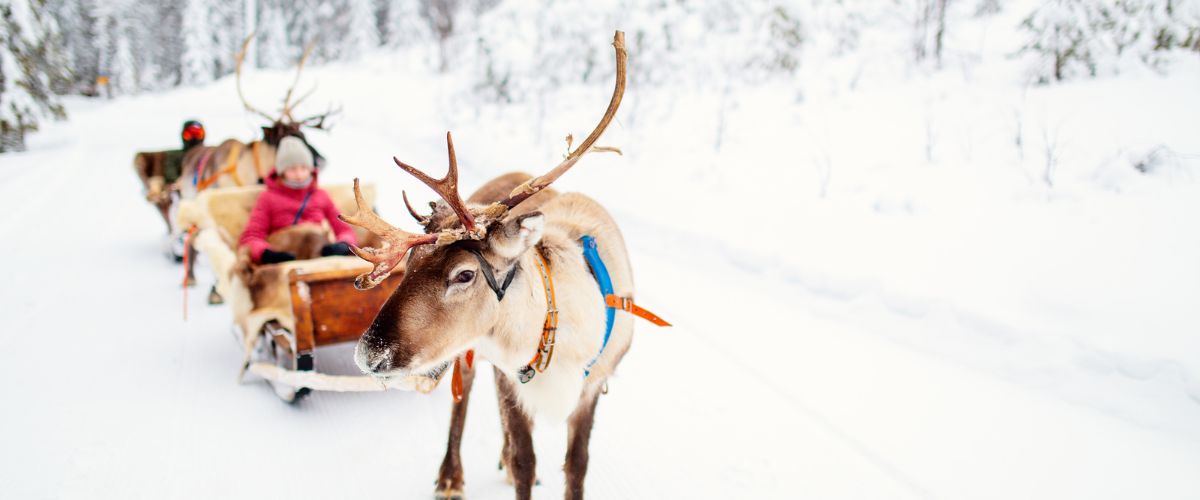Hiram Bingham’s journey through the Peruvian wilderness in 1911 and subsequent rediscovery of the lost Inca city of Machu Picchu is a tale of wonder. It’s no surprise that tens of thousands of visitors follow in his exact footsteps each and every year to find that Indiana-Jones-style magic for themselves.
To preserve the classic Inca Trail, there is a limit of 500 people on the trail every day, and once you factor in guides and porters, that number sits at about 200 for tourists. It books out 8-12 months in advance, which can stifle some dreams of trekking the famed route.
But fear not! What many people don’t realise is that there are hundreds of alternative trails in the region, passing through other ruins and finishing up so that you can still reach Machu Picchu, and the classic Inca Trail is the only path with any restrictions. Another perk of taking an alternative route is that there are often fewer people so you can enjoy the majesty of ‘discovering’ the ruins for yourself.
Here are our top 5 alternatives to the Inca Trail in Peru.
Inca Trail Alternative #1: Lares Route

If you’re looking for a culture-rich alternative to Machu Picchu, the Lares Route is the one for you. It includes less Inca ruins than other treks but leads you through a variety of local villages and provides breath-taking scenery. The Lares Route heads up through the Andes mountains, and the limited number of other tourists feels as though it really is just you out there – especially at night when you can see stars with no light pollution. There are fewer steps than Machu Picchu, making it seem “easier” to some, but don’t be fooled. The Lares Route crosses passes that are over 4,200m, so you’ll need to acclimatise in Cusco for a few days to prepare.
Time: 3 – 5 Days
Difficulty: Medium
Inca Trail Alternative #2: Inca Quarry Trail

If you’re looking for more about the history of the Incas, this might be the trek for you. This trek follows the path of the Chaski messengers, who kept posts on the outskirts of the Inca Empire, but who could run to Cusco at an almost unbelievable pace. It passes through different local villages, which is great for cultural interaction, and visits many archaeological sites, including Choquequilla, Perolniyoc cascade lookout, Q’orimarca archaeological site and Kachicqata quarry, where you can see how the Inca obtained the rocks they used to build their magnificent empire.
Time: 4 – 6 Days
Difficulty: Medium
Inca Trail Alternative #3: Salkantay Route

The Salkantay (sometimes written Salcantay) Route is another popular alternative to the classic Inca Trail trek. It gets its name from the glorious Mount Salkantay, of which you get fantastic views on this trek. As the 12th largest mountain in Peru, Mount Salkantay is a sight to behold, and a highlight of the trek is the Mt Salkantay Pass (4,600m) on Day 2, where you get a great view of Salkantay (6,271m) and Huamantay (5,917m). The rest of the journey is filled with gorgeous views of lakes, valleys and more mountains, with a limited number of ruins scattered here and there. The high altitude on this trek is why many consider it to be harder than the Inca Trail.
Time: 4 – 7 Days
Difficulty: Medium to difficult
Inca Trail Alternative #4: Choquequirao Route

The Choquequirao Route is named after the Inca City ruins of Choquequirao that it passes through towards the start of the trek. It is smaller and less grand than Machu Picchu, but this is largely because less than 50% of the site has been excavated. Due to the remote nature of the ruins, Choquequirao is significantly less popular than Machu Picchu, so there is a strong chance you’ll have these ruins all to yourself! It is also more difficult than the classic Inca Trail, not because of altitude, but because there is a very long, steep uphill that takes you two days to walk.
Time: 5 – 8 Days
Difficulty: Difficult
Inca Trail Alternative #5: Vilcabamba Traverse Route

The Vilcabamba Traverse Route is arguably the quietest and most difficult trek in the Inca region. It is very possible to complete this trek and not see another group – especially in the shoulder seasons. Over the first few days, you visit the Inca ruins of Vitcos-Rosapata and Ñustahispana, before the fun really begins. As previously mentioned, this trek is quite challenging and has at least 7 passes over 4,000m during the 5-6 days of trekking. This means there are 3 days of 10-12 hours of trekking, certainly not for the faint of heart! But for those who tackle this vastly empty trail, you will be rewarded with spectacular mountain views across your journey.
Time: 4 – 6 Days
Difficulty: Very difficult



